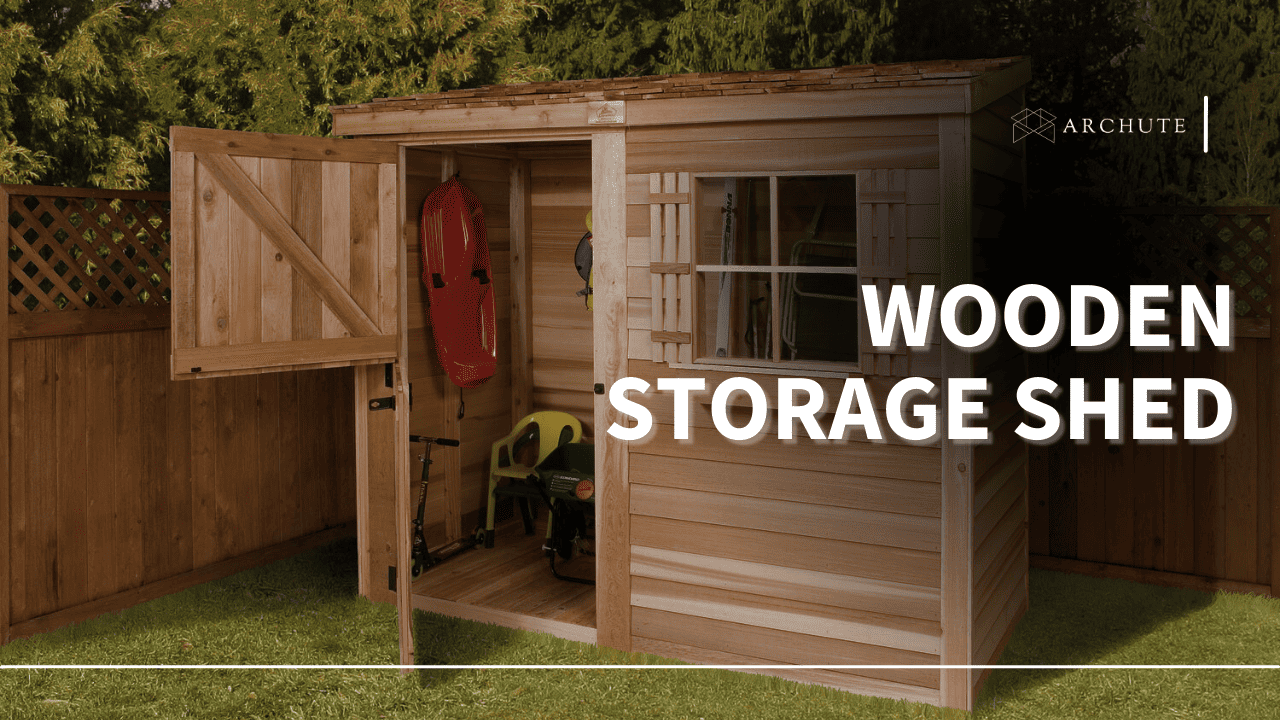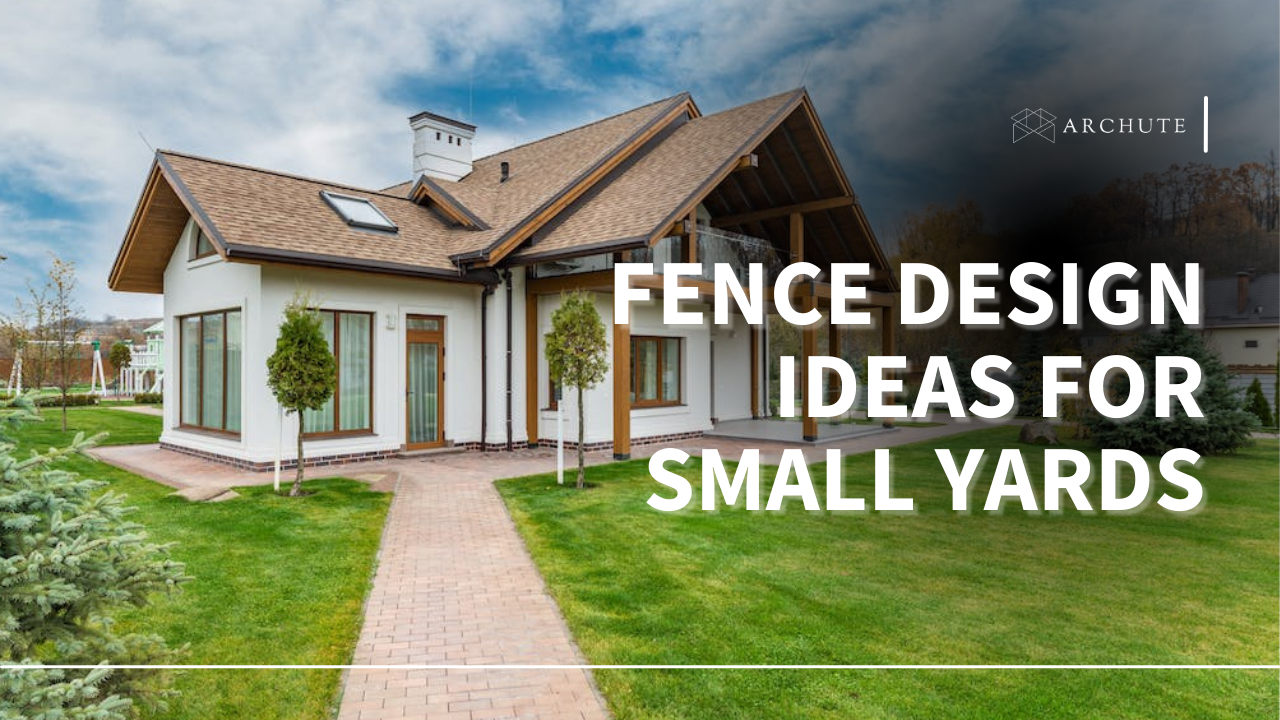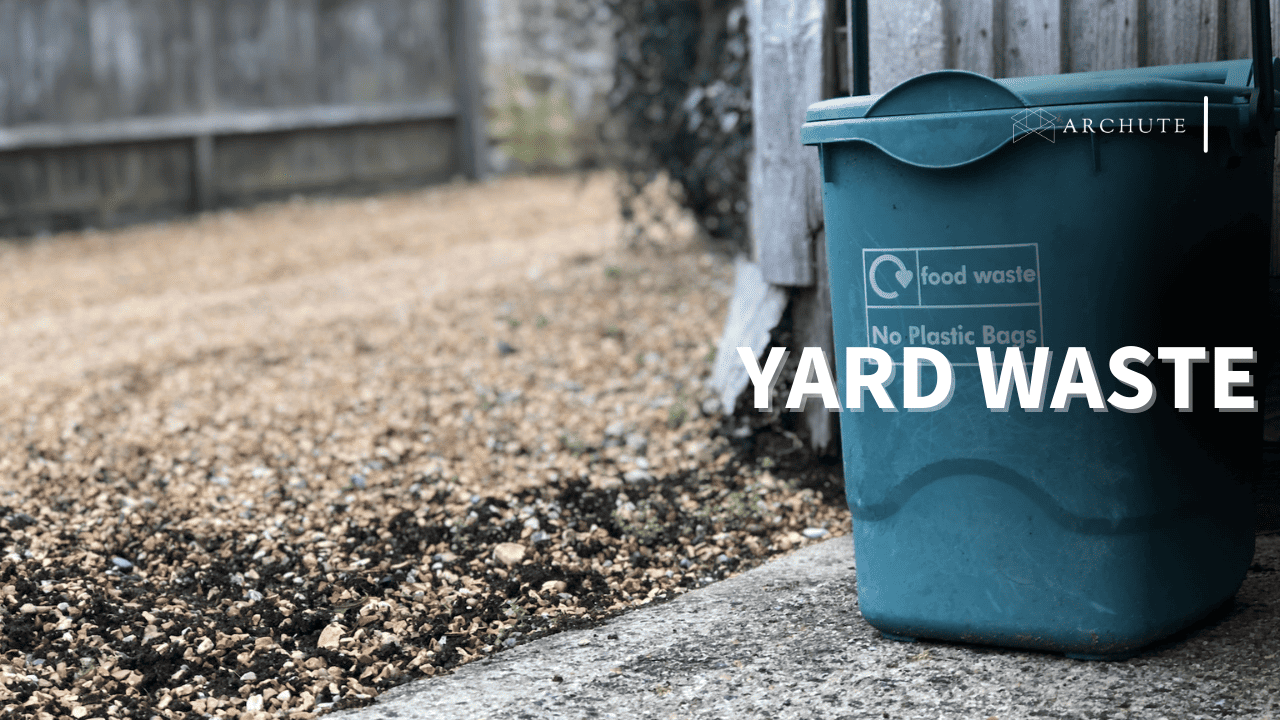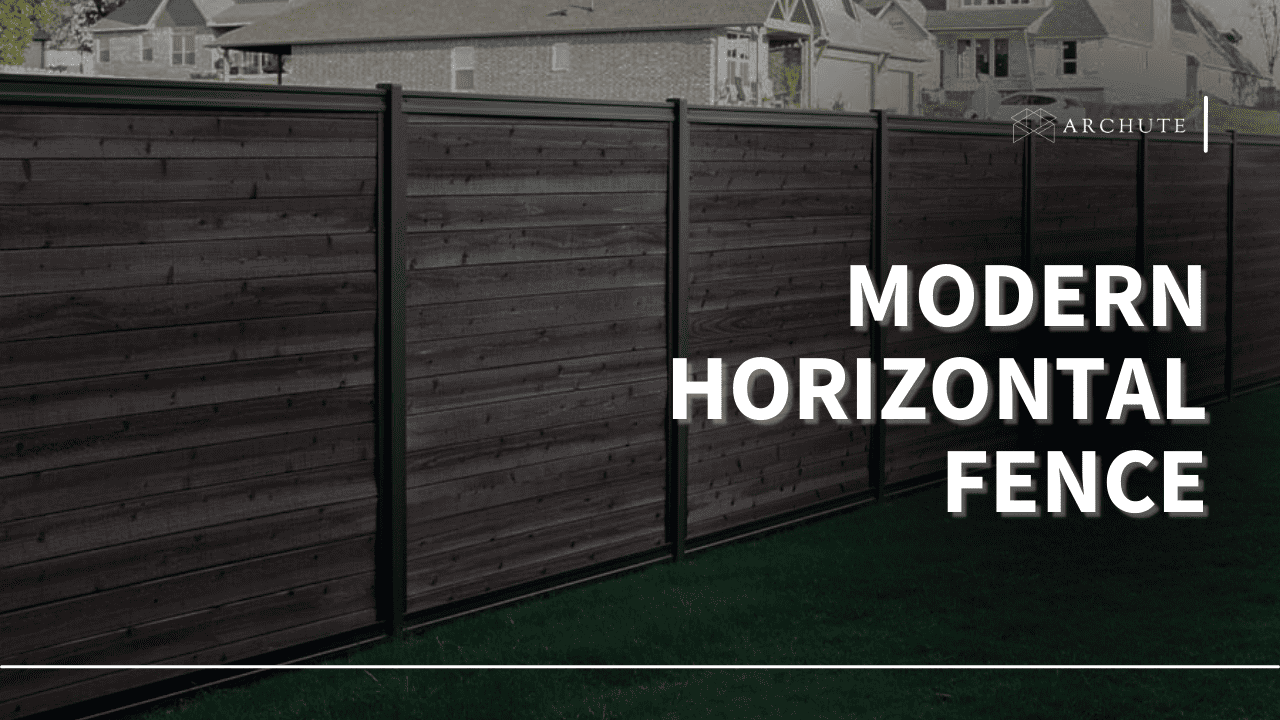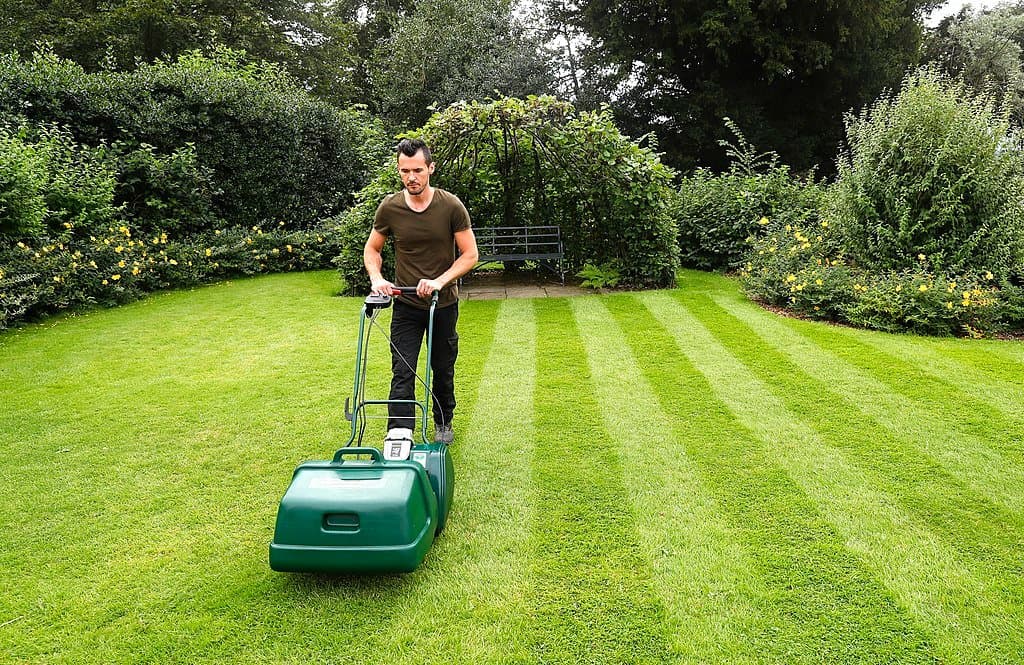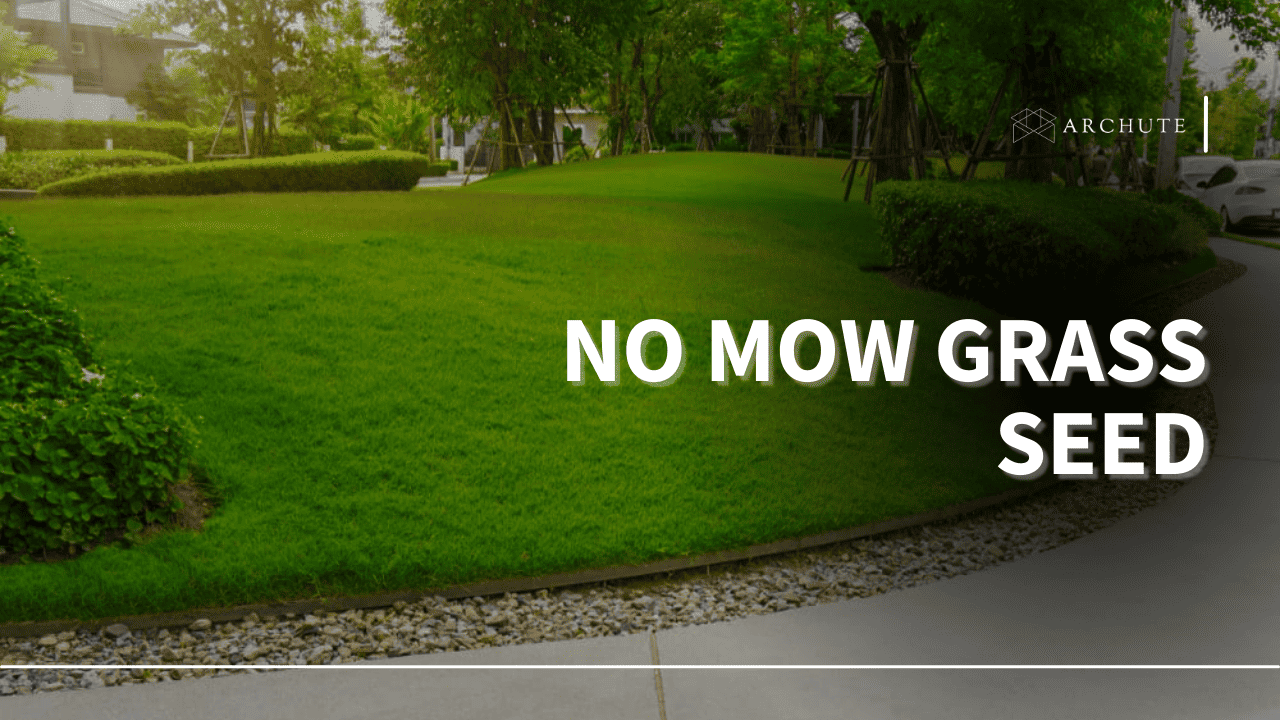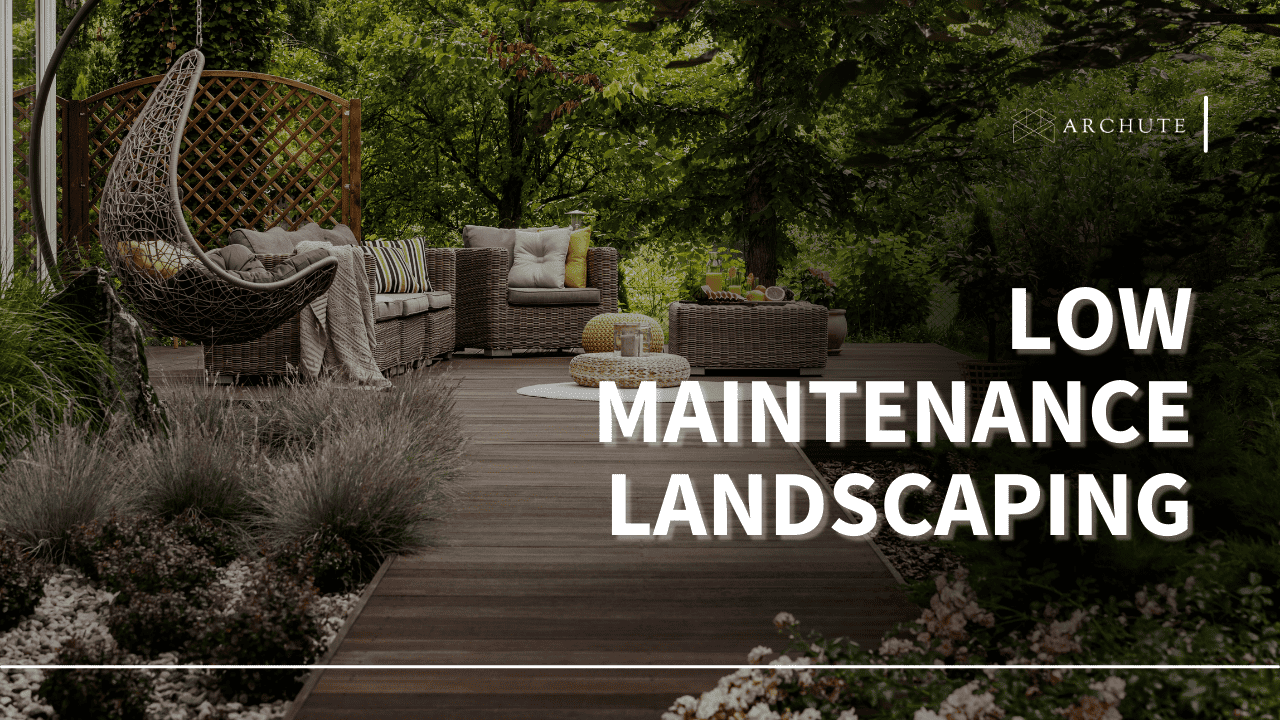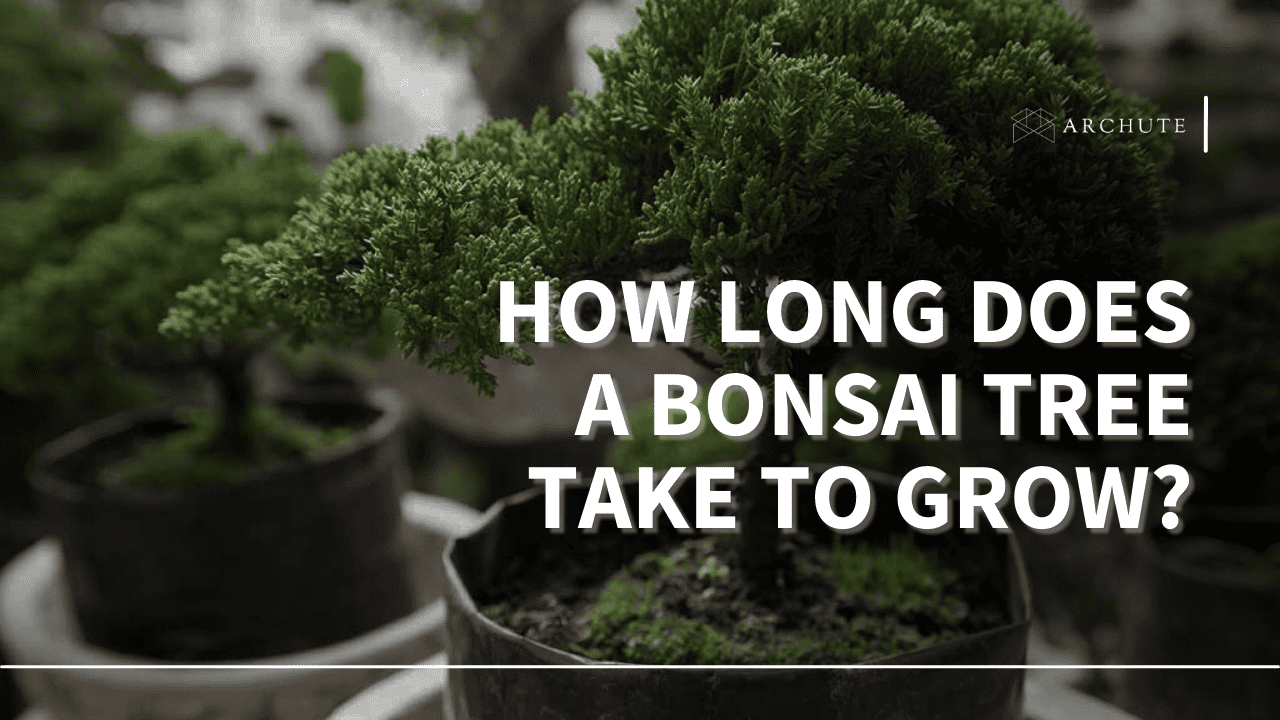Constructing your shed the DIY way with some wooden storage shed plans can be both challenging and exciting. If you have run out of space for storing your lawn tools and equipment, then building a shed will offer you exactly what you need.
Crafting the shed yourself instead of buying it will also help you keep costs low and add any personalization you like. But first, you’ll want to start with a shed plan.
Steps to Building a Wooden Storage Shed
The major steps involved in building a garden shed are as follows.
Step 1: Build the Foundation

Image Source: siteprep.com
Any building is only as durable as its foundation. You can construct the shed on skids, a gravel pad, concrete piers, or a concrete slab base. The concrete slab would be the most expensive foundation, and it is also the sturdiest one. Begin by:
- Digging a 7-inch deep pit for the foundation, about one foot longer and wider than the shed dimensions.
- Compact a layer of gravel into the pit with a shovel and then pour concrete mixture over it.
- Let the concrete dry for a day.
Step 2: Assemble the Floor Frame

Image Source: craftedworkshop.com
Scribe a chalk outline on the concrete base as per the floor measurements shown in the shed blueprints. Start by laying down pressure-treated 2x6 joists along the base at one-foot intervals. Continue by:
- Check each joist for crowning and lay down the board with the arc facing upwards.
- Securing the joists with stringers using 2-inch galvanized nails.
- Verifying the corners of the floor frame to check it is accurately square.
- Lastly, fasten plywood sheathing over the joists by nailing at six-inch intervals.
Step 3: Construct the Shed Walls

Image Source: shedking.com
Position the bottom wall plates for all four walls on the floor frame to check they are perfectly level. Shave off any excess wood to remove any imperfections.
- Nail the bottom plates into the floor frame at 6-inch intervals.
- Assemble each wall frame using 2x4 pressure-treated timber boards. Secure the framing members with 2 1/2-inch galvanized nails.
- Raise the side wall frame onto its corresponding bottom plate on the floor. Use temporary bracing to hold the frame in place. Then raise the rear wall frame and brace it similarly.
- Check that the corner connecting the two walls is precisely square and that the frame is level with the floor's edge.
- Then secure each wall frame by nailing through the bottom plate into the floor. Next, drive nails through the corner framing members and fasten the side wall with the rear wall. Now remove the temporary bracings.
- Repeat the same process with the other side wall.
For the front wall, you need to align the door frame exactly over the gap between the bottom plates. Check that the wall corners connecting with the side walls are square, and nail the bottom of the wall frame into the floor.
Step 3: Craft the Roof Frame

Image Source: scottsheds.com
- Create a rafter template using a 2x4 board as per the measurements shown in the diagrams.
- Make the birdsmouth cut and check that it fits correctly over the top wall plate.
- Craft the rafter length such that it overhangs the wall plate by a few inches.
- Now copy the outline of this template over other boards and craft the other rafters for the roof frame.
- Secure the rafters on the wall plates at one-foot intervals by driving galvanized nails. Then fasten the rafters with the ridge board.
- Use 2x6 boards to craft the fascia and attach them level with the top of the rafters. Install plywood sheathing on the rafter by nailing at 6-inch intervals. Use a 1x2 board to build a drip edge along the fascia.
- Attach roofing paper over the sheathing and then cover it with shingles. Cover any visible gaps with trim boards and seal any openings left behind with caulk.
Step 4: Attach Siding, Doors, and Windows

Image Source: thefamilyhandyman.com
- Secure the stops for the windows with screws and then attach the window panels.
- Build the door by fastening two OSB panels to each other with glue and screws. Create a lip in the door's edge so that the inner door fits snugly into the outer door when closed.
- Use a sander to smoothen the door's edges and make it look like a single thick panel.
- Hang the doors on the door frame with hinges.
- Install a doorstop behind the door. Fill all open gaps left around the doors and windows with caulk.
- Use weather-proof siding on the shed walls to prevent water damage.
- Begin attaching the siding panels on the upper part of the walls and keep them level with the wall plate. Slowly work your way down the wall, taking care that two siding panels always connect over a stud.
- Cover the gaps in the wall corners using 1x6 trim.
Step 5: Set up Electricity and Ventilation

Image Source: greatretreats.com
- Run a power line to your shed so you can have a few electric lights inside and outside the shed.
- Install ridge vents or an operable skylight to allow airflow into the building when it is closed.
Step 6: Finish the Exterior

Image Source: thehoneycombhome.com
This step is purely for aesthetic purposes and to make your wood storage shed look presentable and not an eyesore in your garden or backyard. However, if you aim for your outdoor storage to be more functional than aesthetically pleasing, you can leave it as is. Begin by:
- Applying the vinyl siding, the aluminum fascia, the moldings for the soffit, and finally, the soffit.
- Caulk around the door, windows, and everywhere else that water might enter.
Factors to Consider Before Building a Wooden Storage Shed
Before starting any DIY project of large magnitude, like building a wood storage shed, you check all the bases. Despite it sounding like a fun project, it takes time and money. However, here are some factors to consider before you can build your own shed.
a) Square Footage

Image Source: hunker.com
Available space is an important aspect to consider because wood sheds take up a lot of it. Also, depending on what you want to use your storage building for, you have to consider its eventual size. Additionally, you will need extra storage if you have to store more than lawn equipment.
Keep in mind that every city has required specifications for how far away your storage shed should be from the main house. A general rule of thumb is at least 10 feet from the rear of the property and 15 feet from the side yard line.
A clear path to your wooden shed should also be made for safety purposes. Sometimes, the path to your outdoor shed might have debris, leaves, and low-hanging branches.
b) Ventilation

Image Source: garageshedcarportbuilder.com
It is always a good idea to ensure your outdoor shed has screen vents to lower heat in the summer. Furthermore, screen vents also prevent mold from forming. Of course, the transom windows should also serve as ventilation for your outdoor storage wood shed. However, screen vents ensure circulation throughout the wood storage shed when the windows are closed.
c) Budget

Image Source: checkatrade.com
Whether you build a log cabin yourself or use a log cabin kit, it's important to work within your budget. First, try to get building materials on sale to save money. In addition, the price of each material should be considered so as not to overspend. However, just because you're on a tight budget doesn't mean you can't customize your cabin.
Building a shed costs an average of $60 to $150 per square foot, so a 12-foot by 12-foot shed costs between $8,640 and $21,600, depending on the type of materials you choose. The 144-square-foot shed is perfect for storing ATVs, shovels, wheelbarrows, long-handle tools, lawnmowers, weeders, and leaf blowers. It offers ample space for workshops and private retreats.
d) HOA and Zoning Rules

Image Source: beachybarns.com
Before erecting a shed, ensure to call all local city officials to find out about shed zoning law limits. You should do this before purchasing a shed or even deciding on the shed size. Remember, zoning regulations normally allow sheds up to a specific size—often 120 square feet—without prior clearance in many locations, although placement limitations are frequent.
If you are a homeowner's association member, it is necessary to check the bylaws regarding sheds as well. For example, keeping your shed a specific distance from your property line might be recommended. A shed must be at least 3 feet from the property line per several local zoning regulations.
e) Blending into the Landscape

Image Source: thebalance.com
Consider how your wood shed might blend in with the surrounding environment on your property. To avoid it standing out like a sore thumb, plants can help outdoor storage buildings blend into a yard.
You can create garden beds and grow annual or perennial plants around the shed. You can put up trellises against the walls to grow vine plants if the shed has wood siding. Furthermore, when you add plants and flowers, you can increase the value of your home when it's time to resell.
f) Design Considerations

Image Source: realmanageinsight.com
Before you plan and add (or buy) a storage building, consider that the way a wood storage shed looks can be just as significant as its functionality. After all, it could throw off the aesthetic you were seeking on your property. Of course, outdoor buildings aren't just for stowing things away. The unit you pick needs to, ideally, fit in with the design of your house.
For instance, if your home is in the country, your shed should be rustic in appearance, possibly with board and batten siding. If your home has a more formal design, choose an outdoor storage shed with formal characteristics.
The Bottom Line
One of the major reasons many people are interested in planning and building a DIY garden shed is that it's a lot cheaper than paying someone to build one. One of the most sensible strategies to reduce construction costs and save time when building a shed at home is to prepare ahead of time. Products like Ryan Shed Plans can help you with the woodworking technicalities so you get a clear map on how it’s done.
Planning will help avoid irritation if a garden shed is your first significant DIY project. This includes everything from permission applications to supply lists. Lastly, don’t forget to learn from your project.
Frequently Asked Questions About Building a Wooden Storage Shed
i) What are the disadvantages of wooden sheds?
The main disadvantage of a wood shed is the initial cost is higher than a metal shed. Additionally, if not properly looked after and treated with care, a wooden shed can suffer weather damage such as dampness and mold.
ii) What type of storage shed lasts the longest?
Metal sheds are more durable as they are more resistant to fire, insects, rot, and weather. They can rust but are more resilient to the elements compared to wood. Furthermore, resin is the most durable material as it resists all weather elements.
iii) How long should a wooden shed last?
Wooden sheds are almost as durable as vinyl sheds, lasting 20 to 25 years. Additionally, with good care, your wooden shed will last even longer.
iv) What can I store in a wooden shed?
Sheds store household and garden tools and equipment, such as lawn tractors and garden supplies. Additionally, sheds can be used to store items unsuitable for indoors, such as gasoline, pesticides, or herbicides.
v) Should I buy or build a wood storage shed?
Building a storage shed allows for more creative freedom and budget control. However, buying a shed kit saves you time, and you don't have to worry about the cost of each material. In many cases, you get a warranty on a pre-built shed, which saves you money later on.
vi) What materials do you need to build a storage shed?
Traditionally, most sheds are built from wood. A solid 2x4 frame made from pretreated lumber is covered with OSB to create walls. The roof can be shingled, and the floor can be made from larger boards like 2x6 planks for the joists and pressure-treated plywood for the walking surface.

